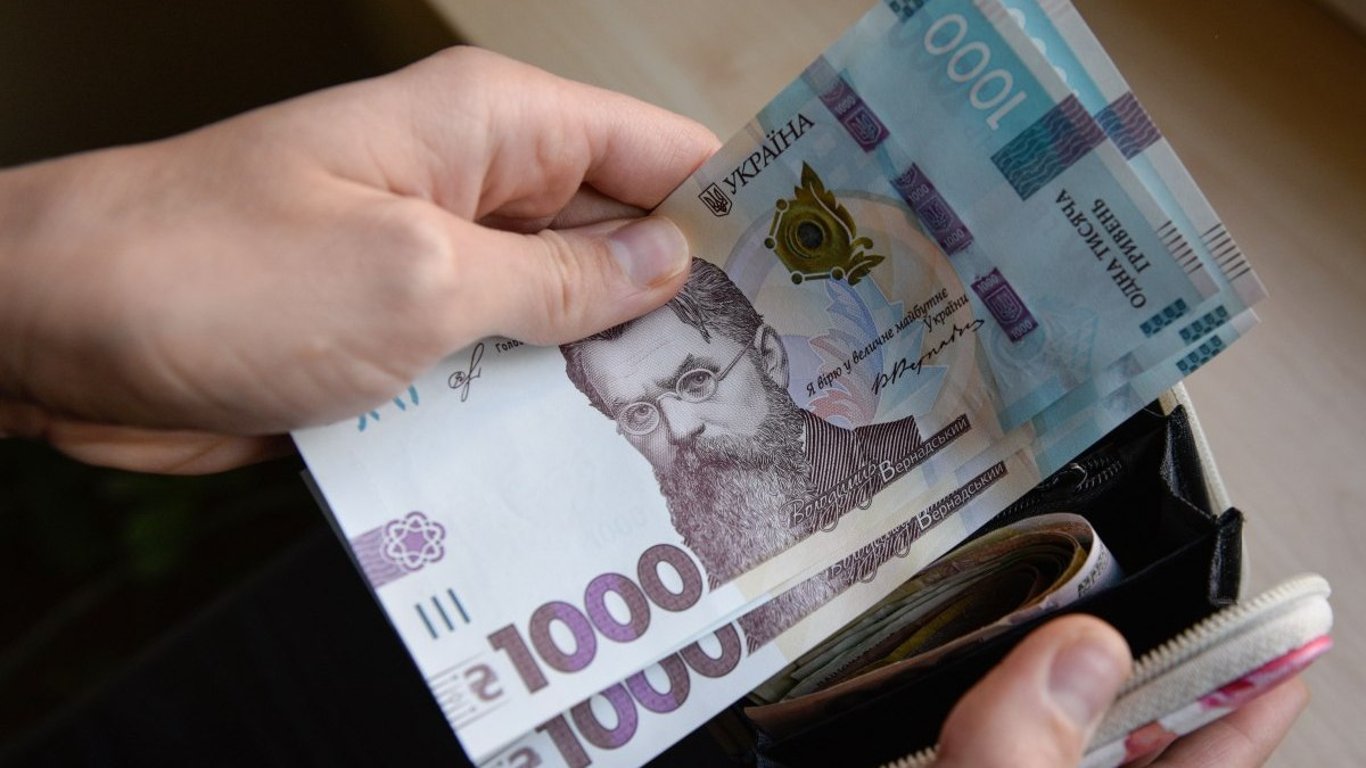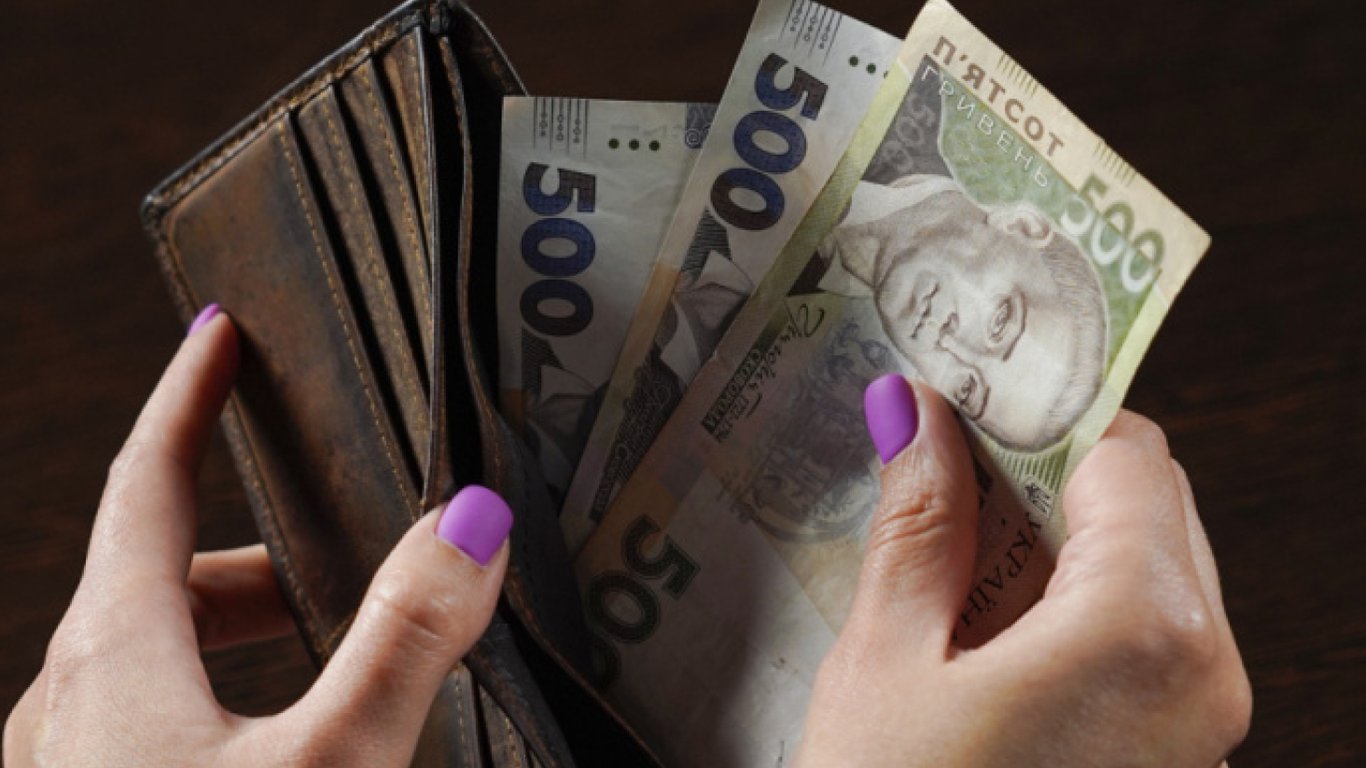What is a credit limit on a card.

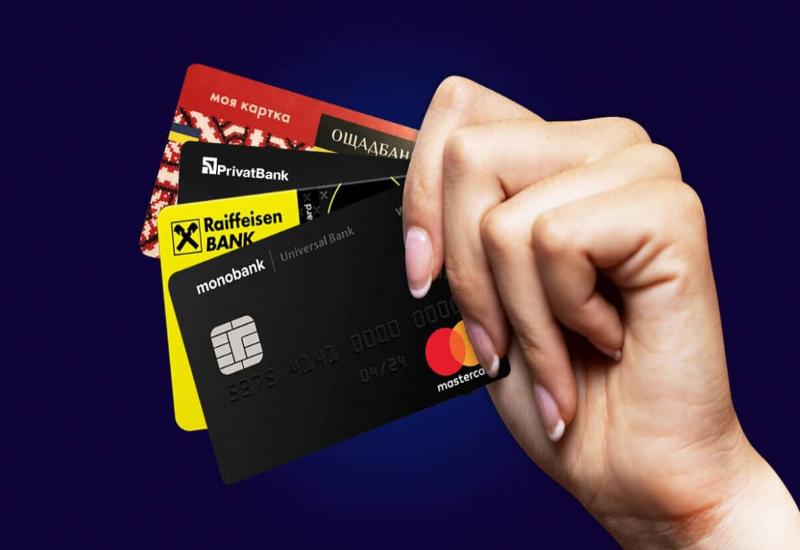
The credit limit is a fairly convenient tool that is suitable for individuals. However, many are yet to learn what a credit limit is. Only after that, one can decide how to use it, how to reduce the total amount, and how to increase it.
When figuring out what a credit limit means, it is important to consider that different banks offer different conditions for obtaining a credit limit on a card. Additionally, understanding what a credit limit means and how to increase it is also worth it for regular clients of a single bank. Overall, this topic is quite interesting and useful.
Credit limit: what do you need to know about it?
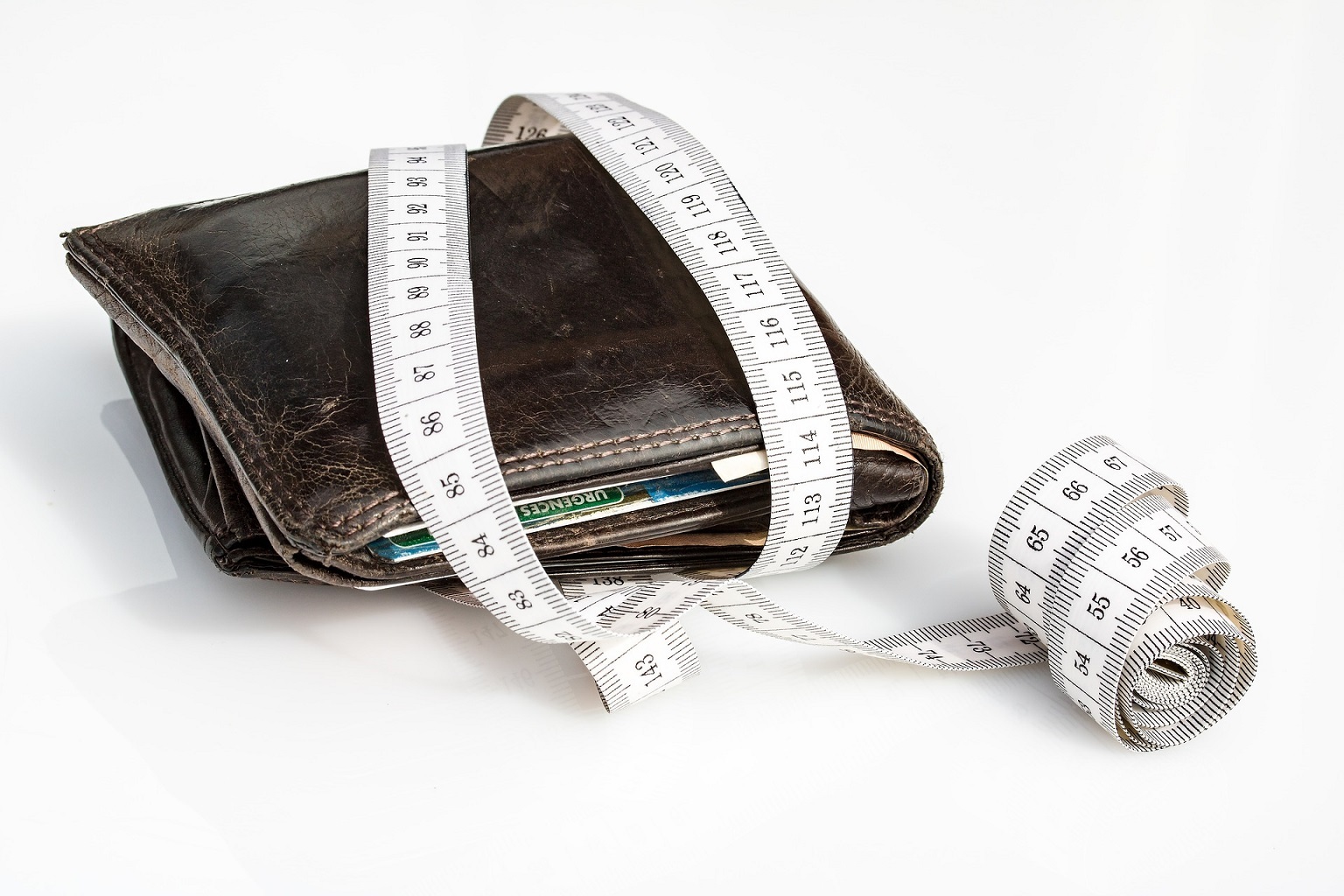
So, what is a credit limit on a card: it is some funds that appear on a special bank card. They are similar to credit funds but with different repayment conditions. In simple words: it means that a certain limit is set on the card that can be used. This is not the client’s funds, but some money that they borrow. They can take it in parts or all at once. At the same Time, unlike a loan, the funds can be repaid with lower interest rates or, if the client meets the deadlines, then even with no interest at all.
The limit is set individually by the bank for each client based on their solvency, credit history, and other factors. The bank itself is also important.
What are the advantages of such a banking option (now considering Ukrainian banks):
-
All allocated funds are available immediately, meaning there is no need to wait for separate approvals from the bank.
-
Funds can be used for payments for goods, services, money transfers, and cash withdrawals.
-
Most banks offer a grace period during which no interest is charged for the use of credit funds.
-
Credit can be repaid in parts, allowing for more flexible financial management.
This is the general algorithm for most banks in Ukraine.
How is the credit limit established?
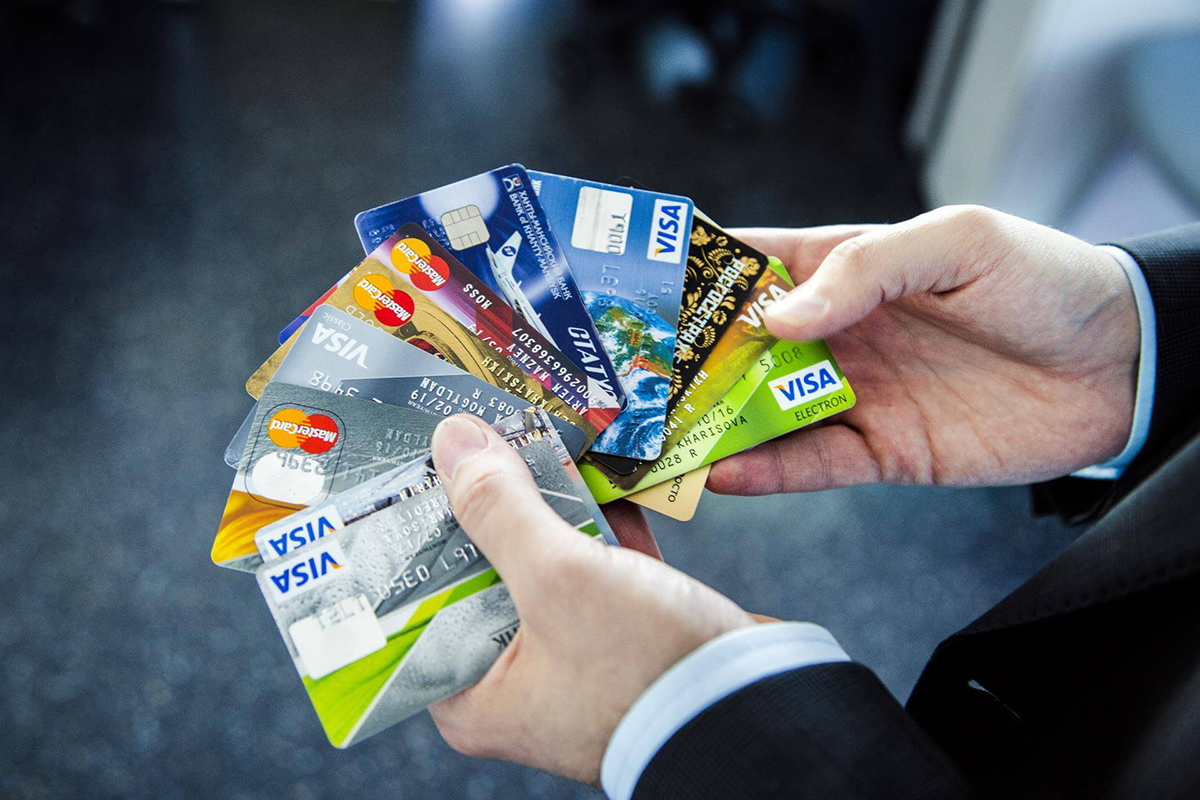
Again, most banks in Ukraine have their own rules for establishing a credit limit. This concerns how much the bank can rely on the client. In the case of obtaining a standard loan, the client provides certain guarantees. That is, they already provide some guarantees on how they will repay the funds. In the case of a credit limit, the client receives a card, and a limit is set on it. Often, this can be an amount that the bank itself sets. And it does not obligate the client to withdraw or spend it.
As for the size of the credit limit, it depends on several factors:
-
Credit history. Banks assess how responsibly the client has previously repaid their debts. A good credit history allows for a higher limit.
-
Income level. The higher the client's income, the greater the likelihood that the bank will provide a high limit.
-
Current obligations. If the client already has loans or other financial obligations, this can decrease their credit limit.
Usually, the bank monitors the turnover of funds on the client’s main cards. For example, this is what PrivatBank does. If the turnover increases, the bank automatically raises the credit limit on the card. After all, potential revenues mean that the client can repay the debt.
What to do next with this option?
Sometimes banks do not issue a credit limit without the client's consent. PrivatBank has a fairly simple system. A client signs up for any card, and as a bonus, they receive a credit card. A minimum credit limit is usually set on it, which gradually increases. However, other banks may act differently. This means that before using credit, one must still work to obtain it.

A credit limit functions similarly to regular funds on a card. There are some small differences:
-
Payment for goods and services. The client can use credit funds for purchases in stores or online.
-
Cash withdrawal. Cash can be withdrawn at ATMs; however, there are often fees for this, and interest begins to accrue on this amount immediately.
-
Money transfers. In some cases, it is possible to transfer credit funds to another card or account, but such operations may also incur fees.
That is, upon receiving a credit limit, the client can use the card from the first day. For example, for online payments. Usually, the most unfavorable conditions apply to cash withdrawals. Card payments or online transactions generally come with minimal fees.
Features of further payments
If we consider the topic of a credit limit, one should immediately take the time to study the grace period. This is an option offered by many banks. Such a period is the timeframe during which previously borrowed funds can be returned without any obligations. That is, if the client manages to return the funds to the card, they lose nothing. Some banks provide this period only once for new clients or offer a grace period from the moment of withdrawal of the first funds. Once the limit is repaid again, the option is renewed.
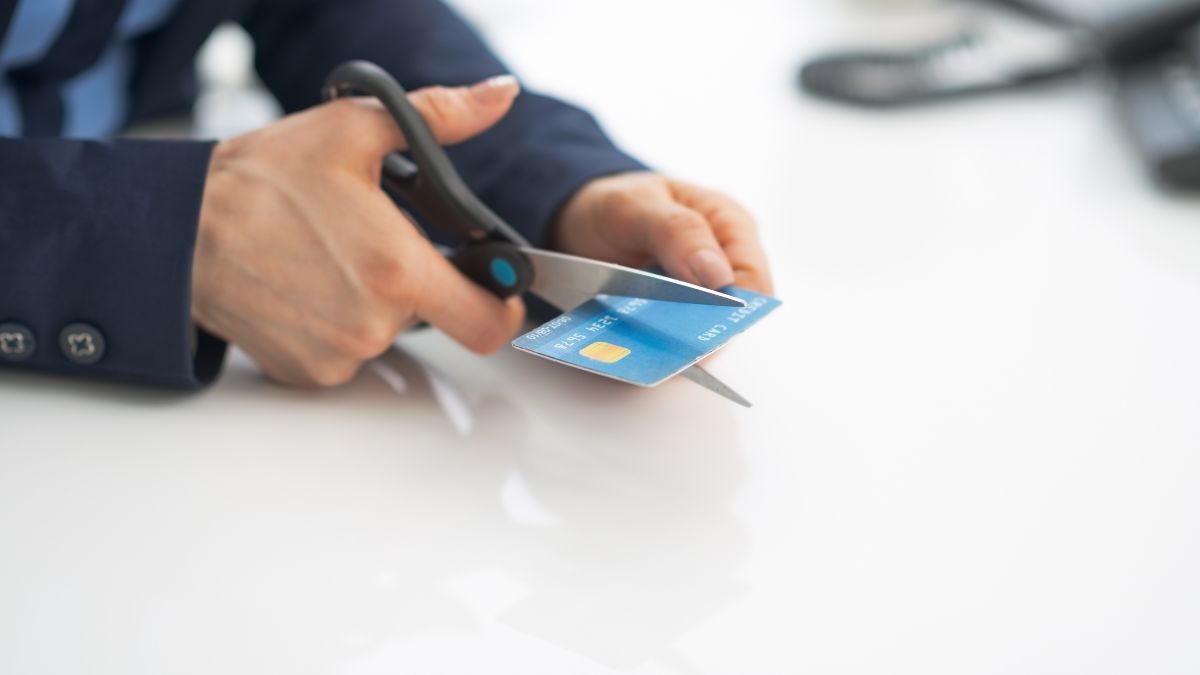
However, it is important to consider some conditions:
-
Duration of the grace period. Usually, it is 30-60 days.
-
Repayment of the debt by the end of the period. If the debt is not repaid within the grace period, the bank will start charging interest on the total credit amount.
-
Special conditions for cash withdrawals. In many banks, cash withdrawals are not subject to the grace period.
The grace limit is one of the main advantages of using a credit limit. After all, besides the fees, there is no need to pay interest on the credit funds.
If a client fails to repay the debt by the end of the grace period, interest starts accumulating on the remaining credit. Interest rates for such cards can be higher than for regular loans, so it is important to take this into account when planning expenses. Before using any limit, it is worth reading all the rules and studying the grace period topics.
In addition, it is worth considering all fees. Usually, there are fees for cash withdrawals (even at the ATM of the same bank). There may also be fees for exceeding the limit. If a client uses more funds than allowed by the limit, the bank may impose a fine or charge an additional interest.
Read also
- Leaped forward — how prices for apartments in Uzhhorod have soared
- New report for individual entrepreneurs - which document needs to be submitted and to whom
- Police Salary Structure — What It Consists Of in 2025
- Sell copper on OLX — what is happening with scrap prices in July
- The wallet is not holding—what products have risen in price the most
- Severance Payments for Employees — What to Consider in 2025


